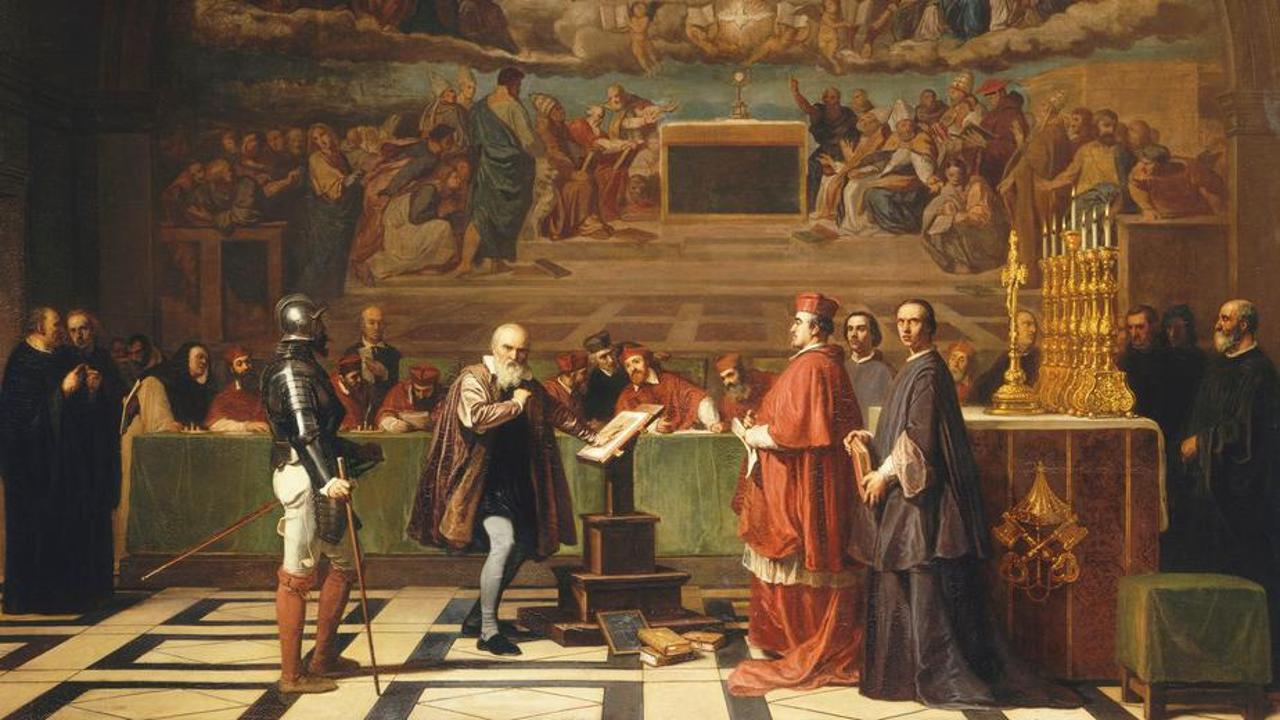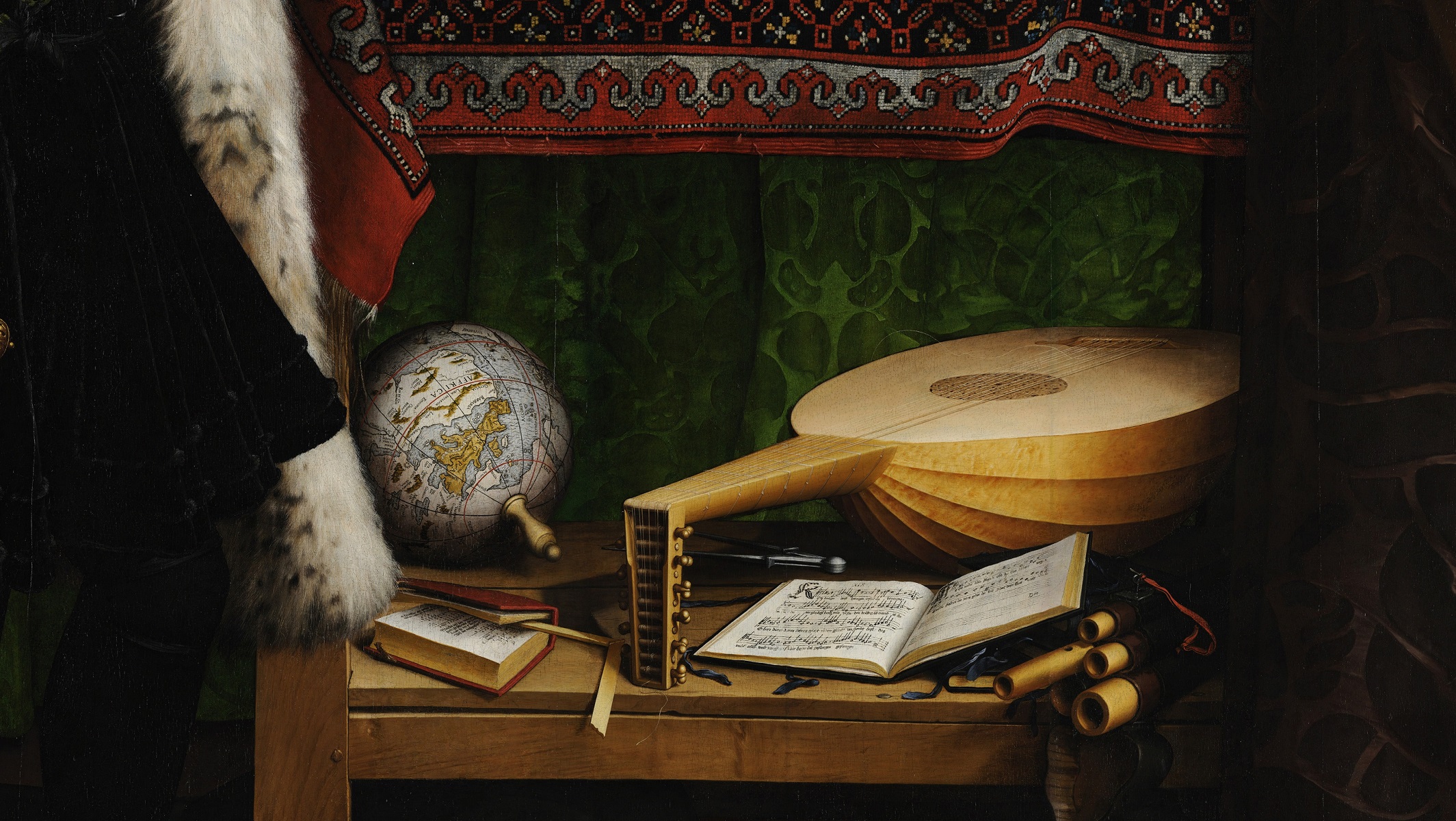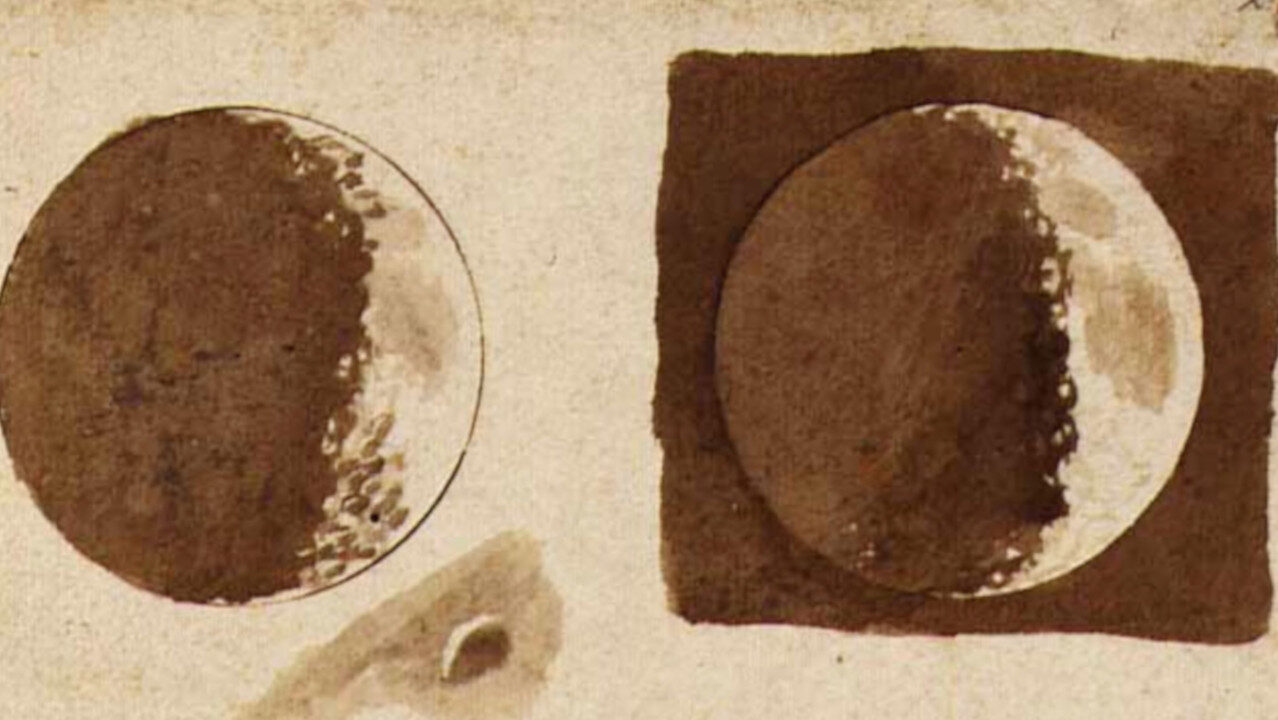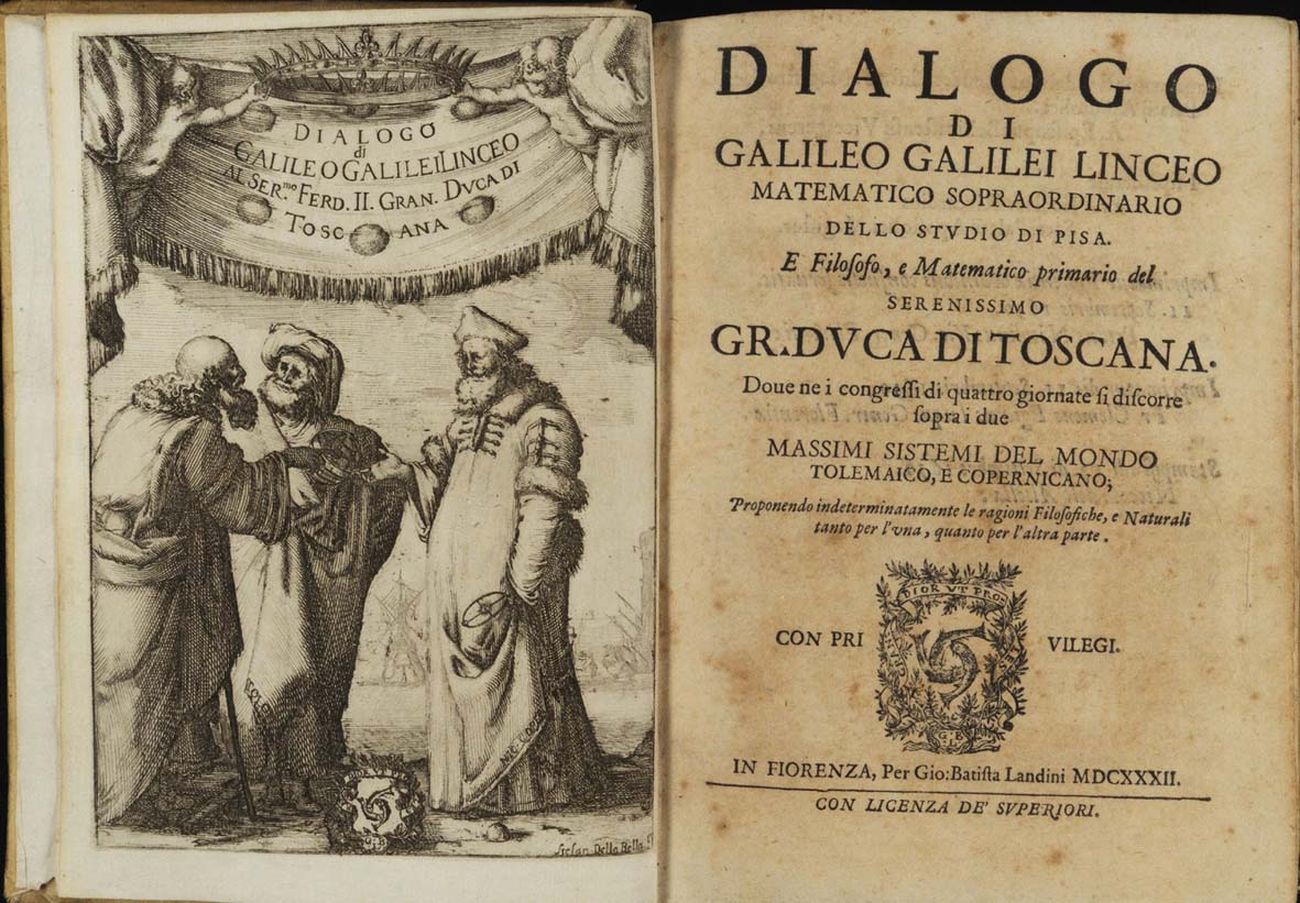In the first book of his epic poem Paradise LostAnd John Milton quotesTuscan artistwho observes the lunar orb (the halo of light around a satellite) through an optical glass. He refers with some bewilderment to the Italian scientist Galileo Galilei, famous for his telescopic observations and study of the fundamental laws of physics. It may seem strange today that Milton would describe the so-called “father of modern science” “that he is a artist. Yet it makes perfect sense in their context: Both men lived during the Renaissance, a time of enthusiastic innovation in politics, culture, art, and science. It felt more natural to them to melt different areas of inquiry rather than fragmenting them. In short, if there is a line between Galileo’s intellectual exploits, the distinction between them is often very fine. His character embodies the ideal of the Renaissanceuniversal man, is able to engage in multiple disciplines and explore the world through different perspectives. Let’s find out why together.
What is Galileo famous for?
Galileo Galilei is famous for revolutionizing the way we look at the heavens today and for his courage to continually challenge traditional beliefs, in short, for his ability to look beyond the beliefs of his time to pave the way for a new vision of ‘the universe’. . On the scientific level, he left an indelible mark in the history of science with his many contributions:
scientific method: Galileo stressed the importance of the empirical and experimental approach to the study of nature. He encouraged the use of accurate observations and measurements, and gave importance to the development of testable hypotheses through experiment. His scientific method deeply influenced scientific thinking and is an approach that is still used in science today. Encourage researchers to test their hypotheses Repeatable experiments, in order to objectively validate their ideas. His focus on precision and accuracy of measurements led to the development of advanced scientific instruments for his time, such as telescope, Through it, he was able to discover mountains and lunar craters, and he was even able to discover that the Milky Way was surrounded by stars.
Astronomical observations: Galileo was one of the first to use a telescope to study the sky. Through his observations, he was able to refute the geocentric idea of Aristotle and Ptolemy, showing that the earth revolves around the sun. Galileo, in addition to having already discovered the four largest moons of Jupiter in 1610 (today they are called the Galilean moons). Discover the rings of Saturn.
Motion laws: Galileo studied the motion of bodies and formulated the laws of motion that are still one of the foundations of physics today. His discoveries about falling bodies and the motion of pendulums helped develop the concept of gravity and the theory of inertia. Between 1589 and 1592, the Italian scientist Galileo (a professor of mathematics at the University of Pisa at the time) is said to have dropped two balls of different masses from the Leaning Tower of Pisa to prove that all things fall with the same acceleration. With this experiment, he showed that his predictions were correct, while at the same time disproving Aristotle’s theory of gravity, which instead states that bodies fall with a speed proportional to their mass.
Confirmation of the Copernican Revolution for the heliocentric system
Galileo’s astronomical discoveries supported the heliocentric theories of Nicolaus Copernicus, according to which the planets revolved around the sun. resistance to the Catholic Churchled him to trial by the Inquisition.
Scientific writing and publishingGalileo wrote several scientific treatises, including:Dialogue about the two main systems of the world“, where he compared the geocentric model with the heliocentric model. His works were important for the dissemination of his ideas and Scientific publishing weather. In addition to his scholarly contributions, he was a multifaceted man with a wide range of interests and experiences. He was passionate about it musiche wrote Poems And it worked too Fine artist.
Galileo, his love and talent for music
In addition to his epic scientific discoveries, Galileo also had an artistic side that gave him an aura of multifaceted genius. With a childhood like his, a love of the arts was virtually guaranteed. His father Vincenzo, a talented composer and music theorist, instilled in him a taste for beauty and a penchant for Free thought. Science writer David Whitehouse writes in The Genius of the Renaissance: Galileo Galilei and His Legacy in Modern Science What is Galileo?He grew up in a family full of music and above all full of questioning and disrespect for authorityWhen he was a boy, Galileo’s various abilities were already beginning to blossom. His father Vincenzo, a violin maker, gave him music lessons from the age of eight. In short, son.”He became so proficient at playing the lute that he surpassed himAs John Joseph Fahey writes in Galileo, his life and work. It seems to have done well on a couple of other instruments as well, including the organ. During his teens and early adulthood, as he studied, deepened, and absorbed all of contemporary physics and mathematics, his appreciation for music grew. He explored connections between the two intellectual worlds, and his increasing knowledge informed his father’s work on technical problems, such as acoustics. “The marriage of music and science becomes a moving topic of conversation between the twoJournalist James Reston writes in Galileo: Life. After the Inquisition forced him to recant his heliocentric views (the then-heretical theory that the Earth revolved around the sun), he spent much of his last decade under house arrest, blind and sick. In those dark days, the aging scientist found comfort in his return, writes the Italian science journalist Pietro Greco in GAlilio Galilei, Tuscan artistHe was “A loyal companion in his later years“.
Galileo and Drawings of the Moon
If the end of Galileo’s life bore the stamp of art, so did its beginning. Indeed, Galileo possessed remarkable technical skills and used fee as a tool to jot down and illustrate his astronomical observations. During his telescopic observations, Galileo used to take detailed notes and make meticulous sketches of what he saw in the sky. It was one of his main study goals moon. Galileo drew detailed representations of the moon’s phases, highlighting the differences in the surface. These drawings documented his discoveries, such as the mountains, craters, and roughness of the moon’s surface, thus disproving the idea that the moon was a flawless, flawless celestial body. He likely learned these skills as a young man at his graphic arts academy and then applied them to illustrations of moons, sunspots, and other celestial phenomena he observed through his telescope. As German art historian Horst Bredekamp wrote: Hand of Galileo the Thinker“,”His artistic training allowed him, throughout his life, to pursue all subjects of imagination with competence and feeling and to create art himself.Galileo’s drawings of the moon were published in his work Siderius Nuncius (The Messenger of the Stars), presenting his pioneering astronomical observations. This book had a huge impact on the scientific community at the time: its illustrations were precise and detailed, a testament to his technical skills and ability to visualize scientific discoveries that wowed an intellectual audience. Galileo’s interest and expertise in drawing and visualization was instrumental in communicating and disseminating his scientific discoveries.
When science influences art and vice versa
Art certainly influenced Galileo’s science, but science in turn influenced art. His knowledge, combined with the ability to understand mathematical aspects eg Prospect, influenced the painters and artists of the Florentine Baroque era. His friendship with the painter and architect Cigoli is an example of the role Galileo played in guiding and inspiring other artists. Cigoli himself credited Galileo with the advice and encouragement that contributed to his artistic career. Galileo has been considered a model Art critic He was highly sought after and respected, and his views were highly respected by the creative stars of the time. His contribution to perspective and other mathematical aspects of art was particularly appreciated. Although Galileo considered a career as a painter at an early age, he chose to focus on the sciences and let others pursue their artistic lives. However, his influence in the field of art was great and contributed to the fusion of science and art during the Renaissance and Baroque periods. In this way, Galileo Galilei showed that the interaction between science and art could be mutual, influencing and enriching the two fields of intellectual inquiry.
The first true scientific celebrity
The different threads of Galileo’s mind sometimes intertwine in unexpected ways. Once, in his early twenties, he lectured on it to an audience of writers Mathematical structure of Dante’s InfernoHe combines deep technical knowledge with a refined intuition for the work of our country’s greatest poet. His aesthetic education influenced his scientific writing, enabling him to communicate clearly and persuasively even about complex and controversial concepts. However, Galileo shone as a critic and connoisseur. As a young man he became a mouthpiece for the literary debates of his time, especially with regard to Torquato Tasso and Ludovico Ariosto, the poetic luminaries of the day; He was able to recites Extensive excerpts from their works, as well as from Petrarch and Dante. And again, Galileo’s aesthetic teaching can be detected in his scientific discourse. Years of reading these poets taught him to write lucidly and friendly about even the most foreign concepts, as he did to defend the heliocentric model of the universe against deeply held beliefs. Throughout his life, Galileo used all his talents. The combination of his skills as a scientist and artist made Galileo an outstanding thinker. He was able to observe the universe with the sharp eye of the world and discover its secrets at the same time To communicate These discoveries are easy and convincing, as the artist does. As Arnold Heilbronn, physicist and historian of science says, “If the discoverer was fully prepared for the work of his discovery and exploitation, it was the skilled humanist Galileo who pointed his first telescope to the sky“.

“Infuriatingly humble alcohol fanatic. Unapologetic beer practitioner. Analyst.”














Leave a Reply